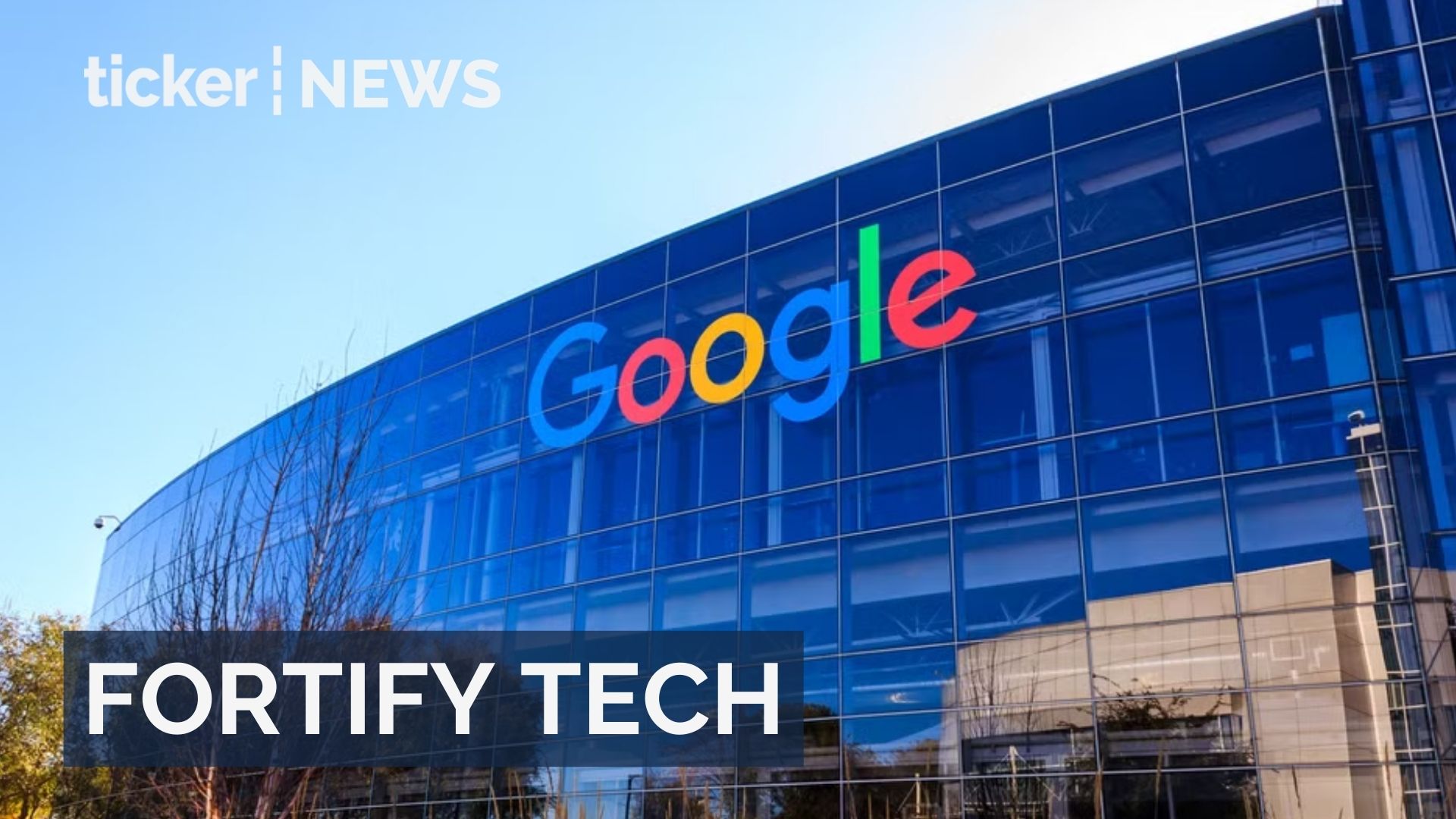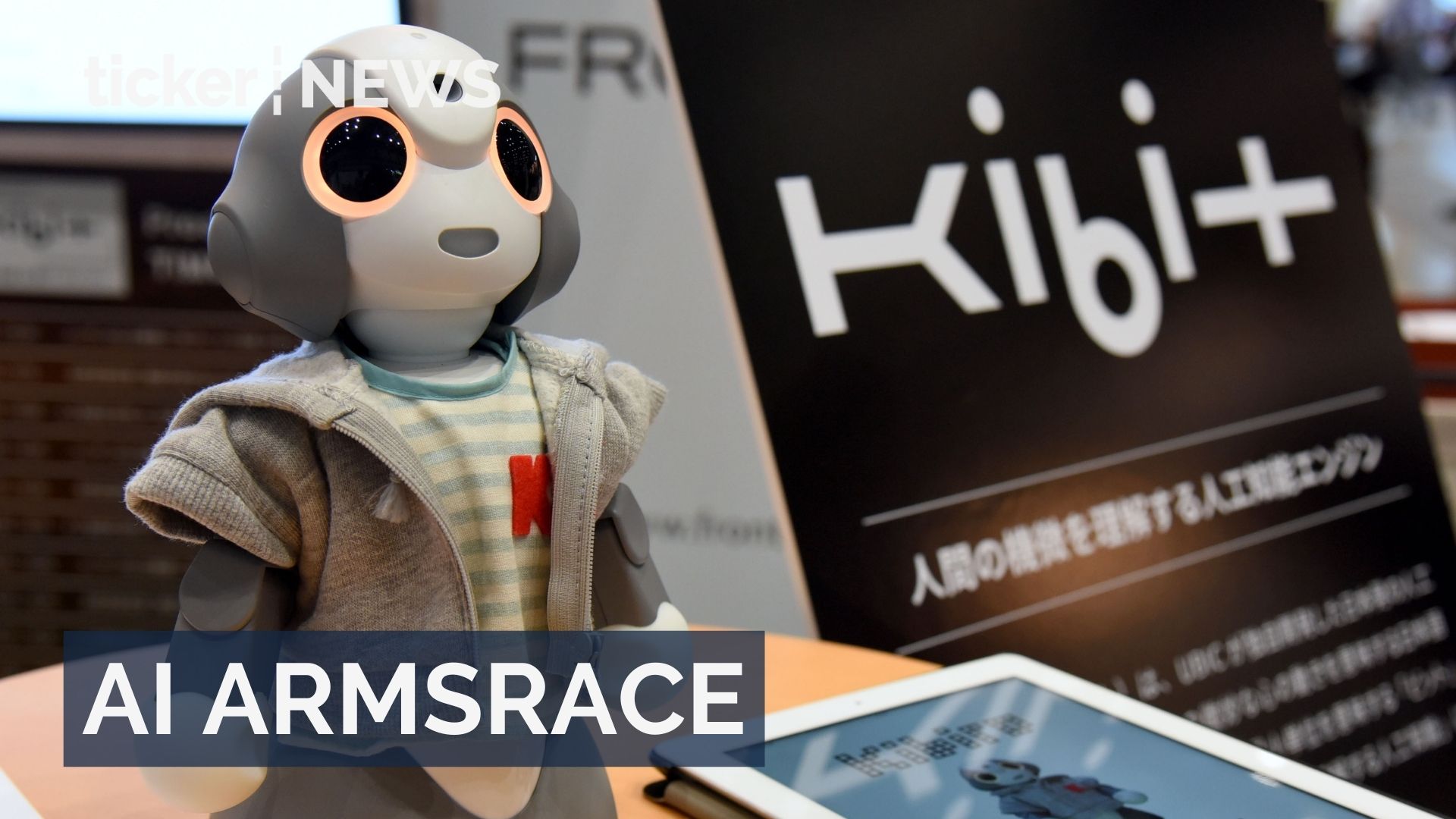Tech
Starlink: Elon Musk makes lofty promises for satellite internet

Tech
Google Cloud and Palo Alto launch $10 billion AI deal
Google Cloud and Palo Alto Networks sign nearly $10 billion AI security deal to enhance protection against cyber threats
Tech
Cheap drones flip the economics of air defense
Ukraine’s drones revolutionise air defence, intercepting threats cheaply while altering warfare economics amid ongoing Russian assaults
News
Global race for AI infrastructure amid soaring energy costs
Japan invests ¥1 trillion in AI infrastructure amid global tech race as energy costs and concerns rise
-



 Leaders1 day ago
Leaders1 day agoAI and automation reshape future tech careers
-



 Money1 day ago
Money1 day agoUS stocks surge amid AI hype despite market volatility
-



 Tech4 days ago
Tech4 days agoAI stocks surge amid market shifts and spending warnings
-



 News1 day ago
News1 day agoAustralia’s property market set to soar in 2026
-



 Tech4 days ago
Tech4 days agoAI investments set to surge in 2026 as companies target productivity gains
-



 News4 days ago
News4 days agoStocks, AI and the economy: What to expect in 2026
-



 Leaders4 days ago
Leaders4 days agoInvesting in shares: Insights for fluctuating markets
-



 Ticker Views4 days ago
Ticker Views4 days ago2025 Arctic Report Card shows a region transforming faster than expected







